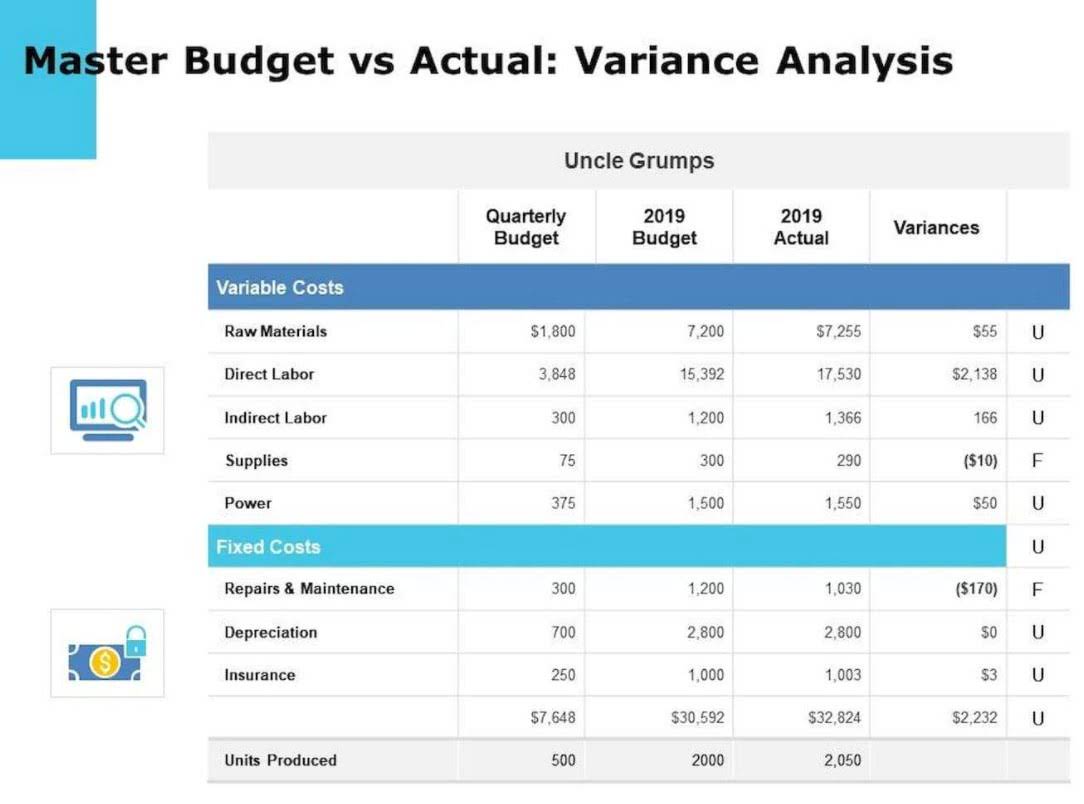What is a Trial Balance? Purpose, Rules and Examples
If they are not, your trial balance shows that something is wrong with your books, allowing you the chance to fix them, guaranteeing financial accuracy. Once an accounting period ends, a new one begins, and the process starts over again. Since most companies have computerized accounting systems, they rarely manually create a TB or have to check for out-of-balance errors. By highlighting both the advantages and limitations of a trial balance, businesses can better understand how Oil And Gas Accounting to use it effectively.
- A trial balance is usually prepared at the end of an accounting period, such as month-end, quarter-end, or year-end, after all transactions for that period have been recorded.
- The concept of T accounts is essential for organizing and summarizing financial transactions within an accounting framework.
- Hence the next step is to check all the entries and find out where there is a mistake to correct it.
- This error must be found before a profit and loss statement and balance sheet can be produced.
- The adjusted trial balance is completed after the adjusting entries are completed.
Is a Trial Balance a Debit or Credit?
By leveraging the trial balance effectively, businesses can build a strong foundation for sound financial management and long-term success. A trial balance is governed by a set of fundamental rules that ensure precision and alignment in financial records. These rules are vital for maintaining order and consistency in accounting practices, forming the backbone of accurate reporting. Firms set up accounts for each different business element, such as cash, accounts receivable, and accounts payable. Every business has a Cash account in its accounting system because knowledge of the amount of cash on hand is useful information. Most accounting software allows you to easily generate an adjusted trial balance or a post-closing trial balance after making the relevant entries.
How Do You Match a Trial Balance?
- To balance the equation, a double-entry system with debits and credits is used.
- It’s a foundational tool in accounting, designed to verify the accuracy of the double-entry bookkeeping system by ensuring that the total debit balances equal the total credit balances.
- If the double entry has been carried out, the total of the debit balances should always equal the total of the credit balances.
- However, there still could be mistakes or errors in the accounting systems.
- For example, if a company had a vehicle at the beginning of the year and sold it before year-end, the vehicle account would not show up on the year-end report because it’s not an active account.
- Sales data is logged automatically for companies using point of sale (POS) technology.
The first thing to do when preparing a trial balance is to calculate the balances of all the ledger accounts. For every account in the ledger, you should find out if the account has a debit or credit balance. One silo’s accounts payable trial balance may appear accurate because its debits and credits balance out.
The Best Way to Digitize Your Cash Cycle
Businesses prepare a trial balance regularly, usually trial balance order at the end of the reporting period to ensure that the entries in the books of accounts are mathematically correct. Imagine you’re organizing your closet—you want to make sure you have all your clothes accounted for before deciding what to keep, donate, or throw away. Similarly, a trial balance helps you account for all your financial transactions before preparing your final financial statements. Debits and credits of a trial balance must tally to ensure that there are no mathematical errors. However, there still could be mistakes or errors in the accounting systems. A trial balance can be used to assess the financial position of a company between full annual audits.
Accounting software and ERP systems often generate trial balance reports. Some small businesses use Google Sheets or Excel worksheets or templates for preparing their trial balance documents. It helps you spot errors early and makes sure your books are balanced before you move on to financial reporting.
- These credit balances would transfer to the credit column on the unadjusted trial balance.
- For each account, enter the balance in the appropriate column—debit or credit.
- However, before you can record the journal entry, you must understand the rules of debit and credit.
- Preparing the trial balance perfectly ensures that the final accounts are error-free.
- A trial balance ensures that total debits equal total credits, verifying the accuracy of financial records before preparing financial statements.
Which is crucial because one can be assured of getting correct accounting records before finalizing statements. While the trial balance is a cornerstone of accurate bookkeeping, it does have its limitations. Understanding the pros and cons of a trial balance is essential for businesses to leverage their strengths while being mindful of their shortcomings. It’s also important to understand the rules governing trial balances, as they serve as the pillars of accuracy. Businesses with several sites, functions, and divisions often create accounting process silos. Each site, function, and division has a separate bookkeeping system to record and account for its procurements and payments.
- The trial balance provides the figures you need to prepare your income statement, balance sheet, and other financial reports such as a compilation report.
- From the trial balance alone, you can’t detect missing transactions, general ledger accounts not included in the TB list, or transactions coded to the wrong accounts.
- Its primary purpose is to verify the accuracy of the bookkeeping process by ensuring that the total debits equal the total credits.
- It’s essentially a summary of all your account balances extracted from the general ledger.
- For example, if a business receives $50,000 from an owner, this is recorded as a debit in the cash account.
- The equality of the two totals in the trial balance does not necessarily mean that the accounting process has been error-free.
Account
Tax accountants and auditors also use this report to prepare tax returns and begin the audit process. Now that you know what a trial balance is, you should familiarize yourself with its key characteristics. Income statement accounts include Revenues, Cost of Goods Sold and Cost of Services, Expenses, gains, and losses. Barbara is a financial writer for Tipalti and other successful B2B businesses, including SaaS and financial companies.
Compare your debit and credit totals
For example, if you determine that the final debit balance is $24,000 then the final credit balance in the trial balance must also be $24,000. If the two balances are not equal, there is a mistake in at least one of the columns. A trial balance is a list of all accounts in the general ledger that have nonzero balances. The trial balance is an accounting report that lists the ending balance in each general ledger account. This means that it states the total for each asset, liability, equity, revenue, expense, gain, and loss account. The result is a report that shows the total debit or credit balance for each account, where the grand total of the debits and credits stated in the report sum to zero.
A balanced trial balance may still not be accurate
A trial balance is an accounting report that lists the balances of all ledgers accounts on a specific date. The accounts reflected on a trial balance are typically categorized into assets, liabilities, equity, revenues, and expenses. The essence of a trial balance is to ensure that the total debits equal the total credits in a double-entry bookkeeping system. This equality is crucial because it confirms that for every financial transaction, values have been correctly recorded and balanced. A trial balance is an internal report that lists all accounts and their balances to ensure that total debits equal total credits. In contrast, a balance sheet is a formal financial statement that presents the company’s financial position at a specific point in time, showing assets, liabilities, and equity.
However, it will not show other types of errors, such as errors of omission, errors of commission, errors of principle or certain bank reconciliation errors. Ready to uncover the nuances of trial balances and how they empower financial management? Dive into this article to learn the rules, formats, and limitations of bookkeeping this essential accounting tool—and why leveraging automation can take it to the next level. While we still have not prepared financial statements, we have captured the activity and organized it into a trial balance. Next up is editing the information before we can publish our story in financial statements.






